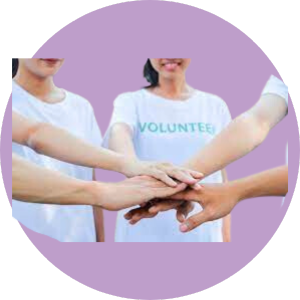During a fifth-grade science class I observed, a girl was summoned by the principal, assistant principal, and guidance counselor. The fact that all three of them appeared in person indicated that something unusual was happening. It raised the question: why didn’t they call her to the office instead? The girl looked up from underneath her oversized black school hoodie, her dark brown eyes wide, resembling a deer caught in headlights. She was slow to rise and appeared apprehensive about what awaited her. Eventually, she made her way through the classroom and walked down the hall with the administrators. Approximately ten minutes later, as we switched classes, a police officer entered the office.
This particular student was not known for getting into trouble; if anything, she went out of her way to avoid it. She kept her head down and seemed almost as if she was trying to hide within the confines of her hoodie. Then it dawned on me: it wasn’t about what she had done, but rather what had been done to her. I later learned that the reason so many people were involved in this situation was because her family was under investigation for human trafficking.
Teachers wear multiple hats each day. While our primary role is to educate children, the most crucial responsibility we have is ensuring their safety. We serve as educators, but we also find ourselves in the roles of social workers, detectives, guidance counselors, life coaches, cheerleaders, and more for these kids. The emotional burden of teaching is immense, and regrettably, we must consider what may be happening to them every day when they go home. Recognizing signs of domestic violence, including trafficking by family members, can make a significant difference and may even save lives.
To help identify other students who might be victims of trafficking, sometimes at the hands of their own family members, the following warning signs should be noted:
- Consistently wearing hoodies or long garments to conceal bruises, cuts, or other physical injuries.
- Frequent, unexcused absences from school.
- Running away from home, possibly on multiple occasions.
- Frequent travel, sometimes demonstrated by extensive knowledge of other cities.
- Displaying fearfulness toward adults or classmates.
- Wearing inappropriate or overly sexualized attire for their age.
- Inattentiveness during class.
- Frequent episodes of crying, panic, tantrums, or other forms of distress.
To report potential cases of human trafficking, you can use the following hotline numbers:
- National Human Trafficking Hotline (United States): (888) 373-7888
- Modern Slavery Helpline (United Kingdom): 08000 121 700
- Australian Federal Police (Australia): 131 237








